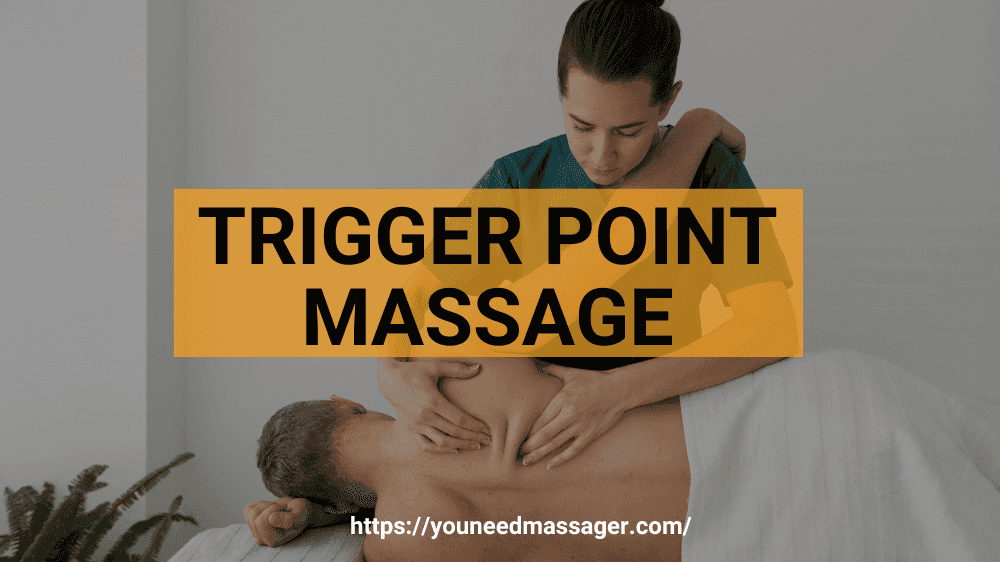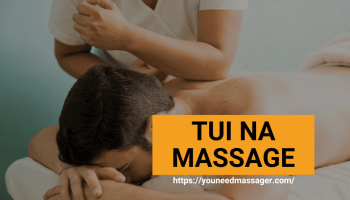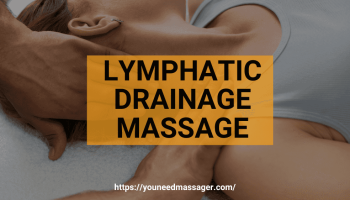Trigger Point Massage: History, Benefits, Pros & Cons

Have you ever felt a tiny knot in your muscle that hurt when you pressed on it? These knots, called trigger points, can make you feel stiff and sore. Trigger Point Massage is like a detective that finds these knots and gently helps them to relax, making you feel better.
Table of Contents
What is Trigger Point Massage?
Trigger Point Massage is a special way of massaging that focuses on those tiny knots in your muscles that can cause a lot of pain. It’s like having a map of all the hidden spots where your muscles hold tightness, and the massage therapist is the explorer who finds them and helps them to relax.
A Peek into the Past: The History
The idea of trigger points and how to treat them has been around since the 1940s. Doctors Janet Travell and David Simons did a lot of research to understand these knots and how they affect our bodies. They taught us that by finding and gently pressing these points, we can relieve a lot of pain.
Types of Trigger Point Massage
- Direct Pressure: This is when the therapist presses right on the knot to help it relax.
- Friction: The therapist uses small, rubbing movements to warm up the area and help the knot loosen.
- Myofascial Release: This approach involves stretching the area around the knot to help the whole muscle relax.
The Good Stuff: Benefits and Advantages
- Pain, Be Gone: This massage can make headaches, neck pain, back pain, and other aches disappear.
- Move Freely: It helps you move better by making your muscles more flexible.
- Stress Relief: Like a quiet friend, it helps calm down stress and makes you feel peaceful.
- Sleep Like a Baby: With less pain and more relaxation, you might find you sleep better at night.
The Not-So-Good Stuff: Disadvantages
- Ouch Moments: Sometimes, pressing on the knots can hurt a bit.
- Feeling Sore: After the massage, you might feel like you’ve done a big workout and be a bit sore.
- Not a Quick Fix: It might take several sessions to really feel better, which requires time and patience.
What to Expect: The Trigger Point Session
Imagine going on a treasure hunt, but instead of looking for gold, the therapist is searching for knots in your muscles. You’ll tell them where you feel pain, and they’ll use their skills to find and gently work on those spots. It’s a teamwork adventure to make you feel better.
Choosing Your Massage Hero: Finding a Good Therapist
Finding the right therapist is like finding the perfect coach for your team. You want someone who knows a lot about muscles and how to make them feel better. They should listen to you, make you feel comfortable, and explain what they’re doing.
Before You Go: Getting Ready
Think of preparing for your massage like getting ready for a fun day out. Drink plenty of water, wear comfy clothes, and maybe even do some gentle stretching. It’s all about making sure you’re ready to relax and enjoy the massage.
After the Adventure: Post-Massage Care
After your massage, keep drinking water to help your muscles recover. You might also want to take it easy for the rest of the day, maybe even do some gentle stretching to keep feeling good.
Conclusion
Trigger Point Massage is a powerful way to tackle those pesky knots that cause pain and stiffness. By working together with a skilled therapist, you can find relief and feel more comfortable in your own body. Remember, it’s all about patience, teamwork, and taking care of yourself before and after your massage.
FAQs about Trigger Point Massage
Q: How often should I get a Trigger Point Massage?
A: It depends on how you feel and what your therapist suggests. Some people go once a week, while others might go less often.
Q: Can Trigger Point Massage help with sports injuries?
A: Yes! It’s great for helping muscles recover from injuries by relieving tension and improving flexibility.
Q: Is it normal to feel sore after a Trigger Point Massage?
A: Yes, a little soreness is normal, just like after a good workout. It should get better in a day or two.
Q: Can kids get Trigger Point Massages?
A: Yes, but it’s important to find a therapist who has experience working with kids and knows how to adjust the pressure for them.






